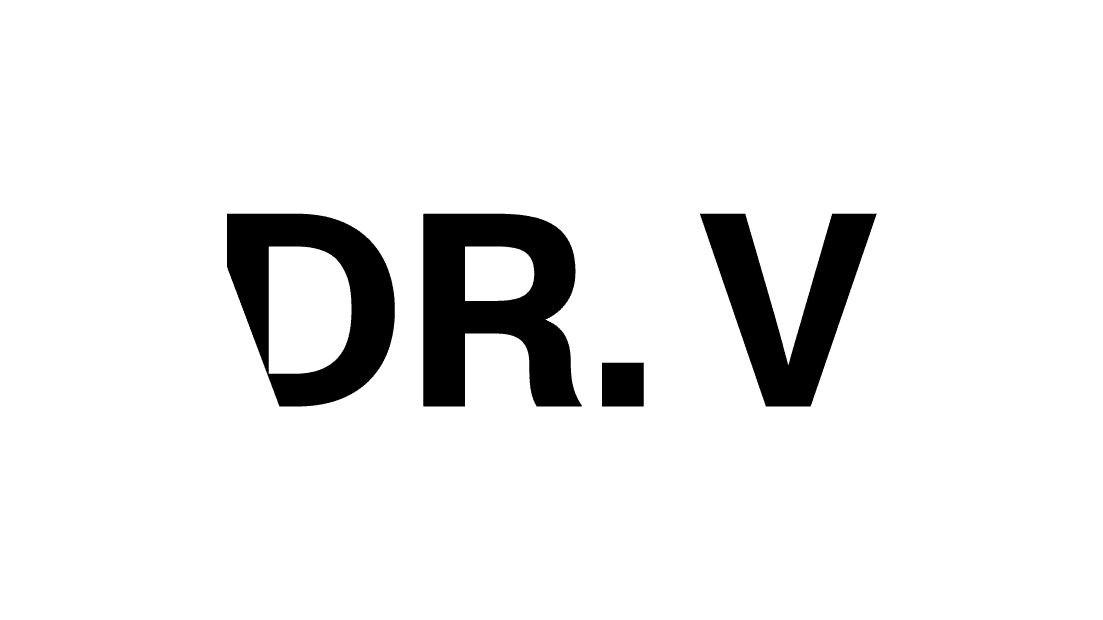Executive Summary
- Breast augmentation has become increasingly popular as a way for women to achieve their desired breast size and shape.
- The procedure involves placing breast implants made of saline or silicone gel to enhance the breasts. Most skilled plastic surgeons with years of experience tend to choose silicone implants because they mimic a biological breast anatomy and feel better.
- Different types of breast augmentation techniques are available, including traditional, transumbilical, and transaxillary approaches.
- Prior to surgery, a thorough consultation with a plastic surgeon is essential to discuss goals, expectations, and medical history.
- The surgery is performed under general anaesthesia, with incisions made according to the chosen technique and the implant inserted into a pocket.
- Recovery and aftercare instructions should be followed diligently, including pain management, wearing a supportive bra, and limitations on physical activities.
- Results are typically visible immediately, with swelling and bruising subsiding over time.
- Potential risks and complications, such as infection, implant rupture, and capsular contracture, should be discussed with the surgeon.
Breast augmentation has gained immense popularity in recent years, with many women opting for this procedure to achieve their desired breast size and shape. Whether it’s enhancing the volume of naturally small breasts or restoring breast fullness after pregnancy or weight loss, breast augmentation offers a solution.
This comprehensive guide will provide you with all the essential information you need to know about breast augmentation.
Understanding Breast Augmentation
Breast augmentation is a surgical procedure that involves the placement of breast implants to enhance breast size or shape. It is performed under general anaesthesia by a qualified plastic surgeon like Dr. Veerle Rotsaert. The implants are typically made of saline or silicone gel and are available in various shapes and sizes. The choice of implants depends on your desired outcome and the recommendations of your surgeon. As discussed previously, Dr. Rotsaert only prefers silicone implants.
Breast augmentation can not only enhance your breast size but also improve symmetry, restore breast fullness, and boost your confidence and self-esteem. It is essential to have realistic expectations and a thorough understanding of the procedure before making a decision.
Types of Breast Augmentation
There are different types of breast augmentation techniques available, depending on the patient’s preferences and body characteristics. Understanding these options can help you make an informed decision about the best approach for your desired outcome. Some common types include:
- Traditional Breast Augmentation: This technique involves creating an incision either around the areola (periareolar incision), in the breast crease (inframammary incision), or in the armpit (transaxillary incision). The implant is then inserted into a pocket created either behind the breast tissue (subglandular placement) or beneath the chest muscle (submuscular placement).
- Transumbilical Breast Augmentation (TUBA): In this approach, the incision is made near the navel, and the implant is inserted through a tunnel created under the skin. This technique leaves no visible scars on the breasts.
- Transaxillary Breast Augmentation: This technique involves making an incision in the armpit, and the implant is inserted into the breast pocket through this incision. It also avoids any visible scarring on the breasts.
Your plastic surgeon will assess your anatomy, discuss your goals, and recommend the most suitable technique for your specific case.
Dr Rotsaert’s Preferred Type of Breast Augmentation
Dr. Rotsaert’s preferred choice is the inframammary incision.Placing an implant through the breast crease, also known as the inframammary fold, is a preferred option for most surgeons due to several reasons:
- Direct access: The inframammary fold provides direct access to the surgical site, allowing surgeons to have better visibility and control during the procedure. This access enables them to create a precise pocket for the implant and position it accurately.
- Concealment of scars: The breast crease is a natural fold where the breast meets the chest wall. Placing the incision within this fold allows for excellent scar concealment. The resulting scar is typically well-hidden and less visible, especially when the breast is in a natural position.
- Avoidance of breast tissue: Placing the implant through the inframammary fold allows surgeons to avoid direct contact with breast tissue. This is particularly beneficial for patients who may have a higher risk of complications associated with cutting through glandular tissue, such as breastfeeding women or those with dense breast tissue.
- Flexibility in implant size and type: The inframammary fold approach provides surgeons with better flexibility in choosing the appropriate implant size and type for the patient. It allows for accurate placement of implants of various sizes and shapes, including silicone or saline implants.
- Reduced risk of complications: Compared to other incision sites (such as periareolar or transaxillary), the inframammary fold approach has a relatively lower risk of certain complications such as capsular contracture (scar tissue formation around the implant) or interference with breastfeeding.
Breast Augmentation Before and After Pictures
Breast augmentation before and after pictures are valuable resources for individuals considering the procedure. These pictures showcase the transformative effects of breast augmentation and provide a visual representation of the potential outcomes. Before and after photos allow prospective patients to see the changes in breast size, shape, and overall appearance that can be achieved through this surgery.
By reviewing these images, individuals can gain a better understanding of the possibilities and set realistic expectations for their own results. It is important to consult with a qualified plastic surgeon who can provide before and after pictures of their previous patients, as this can help guide the decision-making process and ensure a successful outcome.
Preparing for the Surgery
Before undergoing breast augmentation surgery, it is crucial to have a thorough consultation with your plastic surgeon. They will evaluate your medical history, discuss your goals and expectations, and conduct a physical examination. During this consultation, you should openly communicate your desires, concerns, and any questions you may have.
Your surgeon will also provide detailed instructions on how to prepare for the surgery. This may include lifestyle adjustments, medications to avoid, and necessary medical tests to ensure your safety during the procedure. It is essential to follow these pre-operative instructions carefully to optimise the results and minimise any potential risks.
The Breast Augmentation Procedure
On the day of the surgery, you will be administered general anaesthesia to ensure your comfort during the procedure. The surgeon will make the incision according to the chosen technique, and carefully create a pocket for the implant. The location and size of the incision will depend on factors such as your anatomy, implant type, and desired outcome.
Once the incision is made, the surgeon will insert the implant into the pocket and position it appropriately. The incisions are then closed using sutures or surgical tape. The entire procedure typically takes around one to two hours, but the duration may vary depending on the complexity of your case.
It’s important to note that breast augmentation can be performed as a standalone procedure or in combination with other breast surgeries, such as breast lift. Your surgeon will discuss these options with you if they are relevant to your situation.
Recovery and Aftercare
After breast augmentation surgery, you will be taken to a recovery area where you will be closely monitored by medical staff. You may experience some discomfort, swelling, and bruising, which are normal and expected after surgery. Your surgeon will provide specific instructions on post-operative care, including pain management, wound care, wearing a supportive bra, and limitations on physical activities.
It is essential to follow these instructions diligently to ensure a smooth and successful recovery. Your surgeon will schedule follow-up appointments to monitor your progress, remove any sutures if necessary, and address any concerns or questions you may have. Most people can go home the same day as their surgery but you may wish to opt to stay a night in the hospital for your own sense of safety and comfort.
Results and Expectations
The results of breast augmentation surgery are usually visible immediately after the procedure, although it may take a few weeks for the breasts to settle into their final position. Swelling and bruising will gradually subside during the recovery period.
Breast augmentation can provide a significant improvement in breast size, shape, and overall appearance. However, it is important to have realistic expectations and understand that individual results may vary. Your surgeon will guide you through the decision-making process to help you achieve your desired outcome.
Breast Augmentation Before and After Pictures
Breast augmentation before and after pictures are valuable resources for individuals considering the procedure. These pictures showcase the transformative effects of breast augmentation and provide a visual representation of the potential outcomes. Before and after photos allow prospective patients to see the changes in breast size, shape, and overall appearance that can be achieved through this surgery.
By reviewing these images, individuals can gain a better understanding of the possibilities and set realistic expectations for their own results. It is important to consult with a qualified plastic surgeon who can provide before and after pictures of their previous patients, as this can help guide the decision-making process and ensure a successful outcome.
Potential Risks and Complications
Like any surgical procedure, breast augmentation carries some risks and potential complications. These may include infection, bleeding, adverse reaction to anaesthesia, changes in nipple sensation, implant rupture, capsular contracture (hardening of scar tissue around the implant), asymmetry, and the need for revision surgery.
It is crucial to discuss these risks with your plastic surgeon during the initial consultation. They will explain the steps taken to minimise these risks and address any concerns you may have.
If you have any more questions about breast augmentation procedure or would like to book an appointment you can call us at+44 2039 518 575 or book via our form.
9. Frequently Asked Questions (FAQs)
Q: How long do I have to sleep elevated after breast augmentation?
A: It is recommended to sleep in an elevated position for the first few weeks following breast augmentation to reduce swelling and promote healing. Your surgeon will provide specific instructions based on your individual case.
Q: When can I stop wearing a bra after breast augmentation?
A: Your surgeon will provide guidance on when you can stop wearing a supportive bra. Typically, you will need to wear a supportive bra for a few weeks after surgery to ensure proper healing and support for the breasts.
Q: When can I sleep on my stomach after breast augmentation?
A: It is usually advised to avoid sleeping on your stomach for at least a few weeks after breast augmentation to allow the implants to settle and reduce pressure on the surgical area.
Q: How long do incisions hurt after breast augmentation?
A: The intensity and duration of incision pain can vary among individuals. In most cases, incisions may be sensitive or uncomfortable for a few weeks, but this will gradually improve over time.
Q: When does tightness go away after breast augmentation?
A: It is common to experience a sensation of tightness in the breasts after breast augmentation. This tightness typically subsides within a few weeks as the body adjusts to the implants and the tissues stretch to accommodate them


